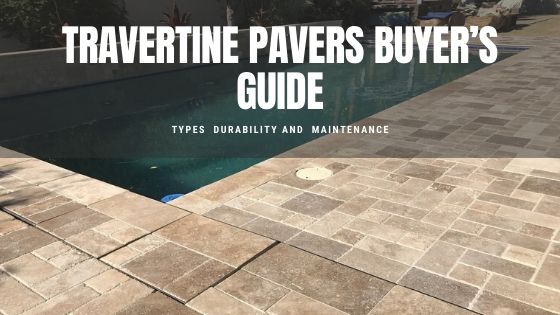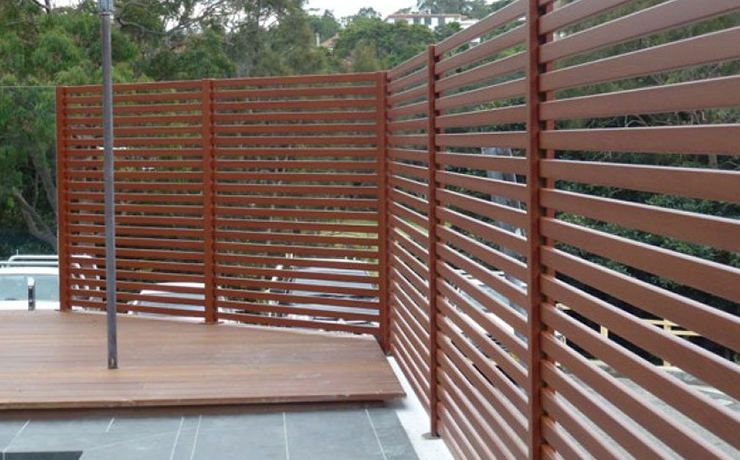Anyone on a journey towards home improvement has probably heard of travertine. But for the sake of them who’ve never stumbled upon it, let’s define it a little. Well, it’s one of the most famous materials that people use to pave their outdoors or the swimming pool area. Travertine’s fame isn’t just about its looks, but also its durability and ease of maintenance.
Here are some of the traits that make it a popular option in constructions and landscaping.
Availability of Different Types of Travertine Pavers
Most natural stones come in different types and even forms. And this is one of the reasons why travertine is a great choice. If therefore, you’ve decided to use travertine pavers for your outdoor space, it becomes essential that you get to know about the different types available for you. The significant differences that you’ll notice are texture and shape.
Here are the two main types of travertine pavers
- Chiselled travertine paver – This type of travertine has been shaped by a machine to give it the specific form needed for installation. That also means it takes on quite an amount of weight without suffering any damage.
- Tumbled travertine paver – It has rounded corners that give it an antique look and feel. It also comes with a rougher texture for an appearance that also looks and feels more authentic. You’ll love it, more so if you use it around the pool or on the patio.
Durability
The fact that travertine is a natural stone means it’s ideal for different kinds of climates. Unlike other materials used in construction, travertine doesn’t crack or fade. It maintains its colour even after using it for an extended period. Compared to brick, concrete, or stamped concrete, it’s more durable and doesn’t get damaged easily. Travertine is installed over a mixture of gravel, mortar, or sand to enhance durability. And the best part is that it looks even better with time.
Maintenance
One of the reasons why travertine pavers are a number one choice despite being relatively costly is because of its low maintenance cost. All you’ve got to do is to sweep and dust the pavers with a dump mop dipped in warm, soft water. That’s essential, especially in areas where there is lots of traffic. And when you’ve got to remove stains using lots of water, go for a pressurized water hose with a neutral cleaning agent.
Another way to ensure that your investment lasts longer is to seal it. Sealants are excellent in protecting travertine pavers from salty water and the extremes of winter. During winter, it’s easier for the pavers to freeze and thaw. So, sealing it protects it from this kind of damage.
Read also:



